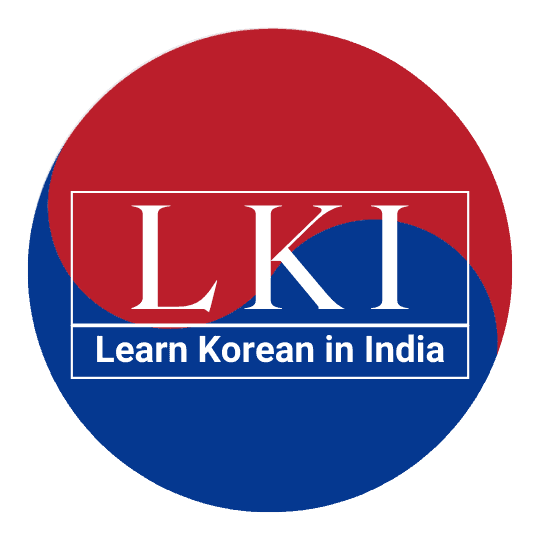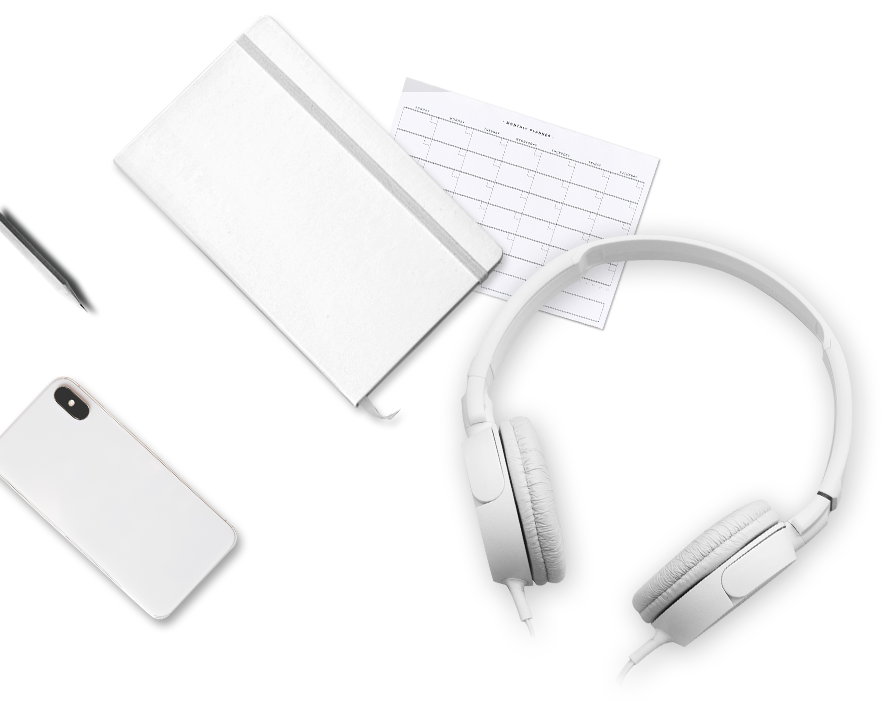
HISTORY OF KOREAN LANGUAGE
Before the creation of Hangeul in 15th century by King Sejong the great, Korean was written using Hanja, Chinese characters. It had evolved as a consequence of centuries of Chinese rule and cultural influence in Korea. As Chinese characters were very difficult to learn, only elite class used it and most of the Korean population was illiterate. King Sejong, 4th monarch of the Yi Dynasty (1418 – 1450), decided to devise a method of writing suitable for all Koreans, regardless of their class. In 1440, he commissioned scholars of the Royal Academy to create a unique, simple, easily learnable phonetic alphabet.
Three years later, the scholars presented King Sejong with Hunmin-chongum, “The Correct Sounds for the Instruction of the People.” This simple alphabet of 28 characters (17 consonants and 11 vowels) emerged from a careful study of the shape or form of the speech organs (i.e. the mouth, the tongue, and the throat) and the shape they take during speaking. In 1446, the Royal Academy scholars presented Sejong with a second, much longer thesis that set down the principles behind the invention of the alphabet and its usage: Hunmin-chongum Haerae, “Example and Explanation for the Correct Sounds for the Instruction of People.” In October 1446, King Sejong presented the Korean people an alphabet of their very own, an alphabet invented by Koreans for Koreans.
Almost overnight, Hunmin-chongum erased any distinction among Koreans in the area of communication and brought the social status of the under class dangerously close to the aristocracy. King Sejong’s simple act of compassion shook the very foundations of class-conscious Korean society. Early critics dismissed the new writing because they thought that no one could learn to read horizontally. For the next few centuries, scholars insisted on using Hanja. The literati not only opposed the new script, they feared it, hated it, and wanted desperately to abolish the onmun, or “vulgar script”.
Hangeul is one of the world’s greatest creations and the only alphabet with its own national holiday. Recognizing the limits of Hangeul as well as the advantages of retaining some Hanja, modern written Korean uses a combination of the two scripts. As known to most Korean people, The Republic of Korea’s Ministry of Education directed Yonsei University in Seoul to compile a list of 1,800 essential Hanja to be taught in all middle schools and high schools. Today, the use of Hanja is seen as a mark of education and refinement, since most Koreans don’t learn much more than the 1,800 Hanja characters unless they attend university. North Korea, which views Hanja as a form of cultural imperialism, has completely rejected this form of writing.
Over the centuries, three consonants and one vowel dropped out of use, leaving modern Hangeul with just 24 characters that can be easily learned in just a few hours. Since Hangeul’s vowels and consonants are combined to indicate a single sound (phoneme), the modern Korean alphabet is actually comprised of 40 characters:
14 basic consonants
5 Double consonants
10 Vowels, and
11 Diphthongs or Complex Vowels
We will have a look at the Hangeul characters and their sounds in our first lesson which will be our next post. It is remarkable that Hangeul has changed very little from its introduction in 1446 to its current usage. It remains one of the most scientific phonetic alphabets in existence and represents a perfect tool for expressing the Korean language.
Subscribe to get new lessons via email
Subscribe to LKI on YouTube
Like KLI on Facebook
Follow LKI on Twitter


Thanks sir to make this language more and more easier to us
I loved how u have made this so easy. Thank you.